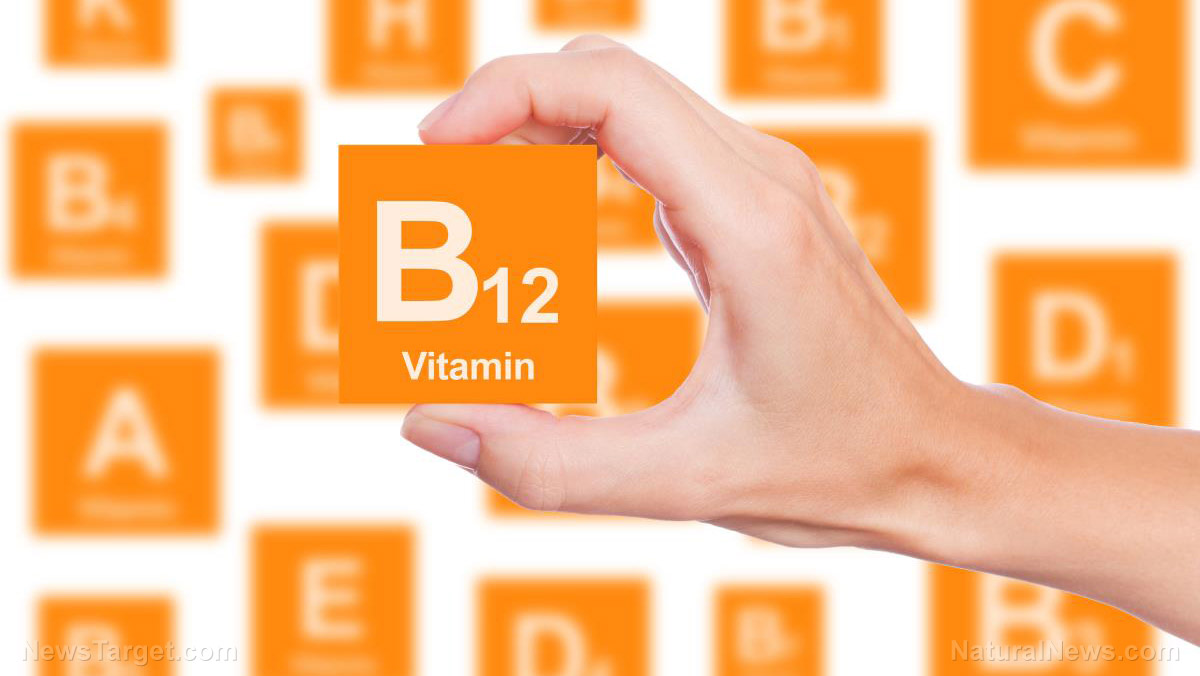
Researchers from Brigham Young University (BYU), Utah State University, and the Tokyo University of Agriculture and Technology claimed that their findings on a phenomenon in liquid dynamics could give insight in the research of brain traumas.
Cavitation is a process well-known among engineers for causing damage in pipes and marine propellers. It occurs when the top of a liquid-filled bottle is struck, the bottom of the bottle will shatter. When the pressure in a liquid suddenly drops, which is caused by pushing a liquid quicker than it can react, it leaves behind an area of low pressure as a bubble of gas.
The study, published in Proceedings of the National Academy of Sciences, detailed an alternative formula that more accurately predicts when cavitation will happen.
They elaborated what happens when a liquid at rest, like the water in a bottle, is suddenly put into motion. With the use of high-speed photography, the team showed how the swift acceleration caused small bubbles to form in the liquid and then rapidly collapse, which released a destructive shockwave. It is not the sudden strike at the top of the container that breaks the bottle, but the bubbles.
Aside from the finding's benefit to many industrial processes interrupted by cavitation-induced damage, there is also a growing evidence associating cavitation to brain trauma.
“The brain is surrounded by fluid, and when you have impact, it's possible you are experiencing cavitation within that fluid,” said study co-author Scott Thomson, an associate professor of mechanical engineering at BYU.
Experts in fluid dynamics may know how to predict when cavitation will occur in fluid that is already in motion, but their formula does not work so well when a resting fluid is rapidly accelerated. This new study fixed that problem by finalizing a new equation that considers a fluid's depth and acceleration.
“And once we're able to predict when that will happen, we can better design safety devices to help prevent serious brain damage,” Thomson said.
Better understanding of when cavitation might occur may lead to a better understanding of what causes it and how to prevent it. Thomson mentioned that it could be used for athletic applications, such as football helmets or even military applications.
The researchers hoped that this alternative cavitation formula could be used to better predict when brain injuries will occur after the skull is slammed with a high-velocity impact, like in football.
Studies throughout the years found a link between brain injuries and sports or other physical activities. In a scientific research on the brains of deceased National Football League, it surprisingly revealed that 110 out of the 111 brains had chronic traumatic encephalopathy (CTE), according to a New York Times report. It is a neurodegenerative brain disease that can be found in people who have been exposed to repeated strikes in the head which frequently lead to concussions. (Related: Teenagers who experience a concussion have a greater risk of developing MS later in life, according to new study.)
“If a blast wave is above a certain magnitude, there may not be much we can do to prevent brain injury for a soldier,” said Tadd Truscott, study author and associate professor of mechanical engineering at Utah State University.
“But maybe a helmet can be developed to detect when that trauma has happened so a soldier can be removed from the front line and be saved from repeat exposure to blasts,” he said.
Knowing the magnitude of cavitation in a traumatic brain injury could also be a predictor of how dangerous the injury was.
“The more information we have about an environment (in which traumatic brain injury occurs), the better we are able to design things for that environment,” Thomson said in a KSL.com report.
Read more news like this at Brain.news.
Sources include:
Please contact us for more information.























